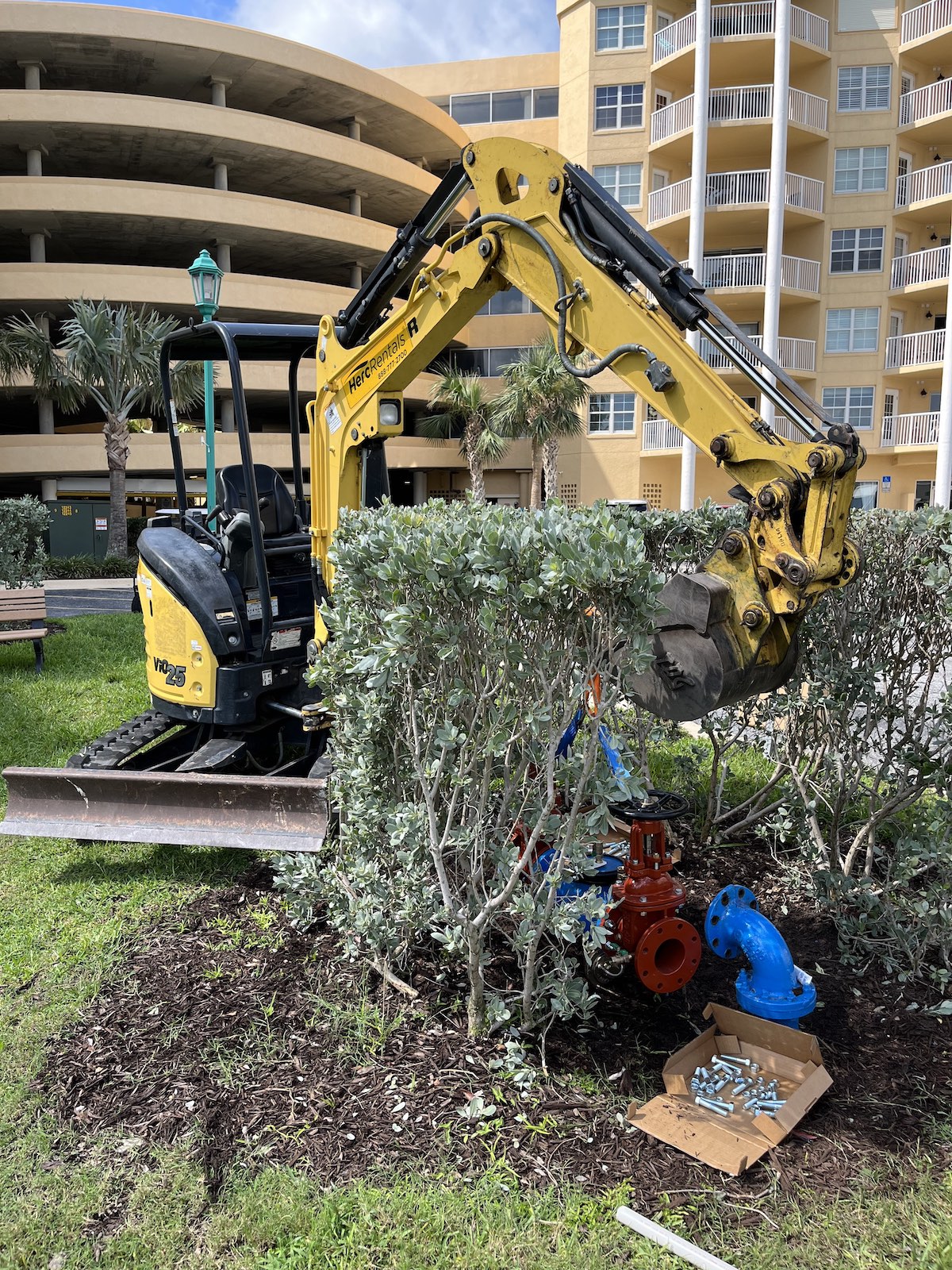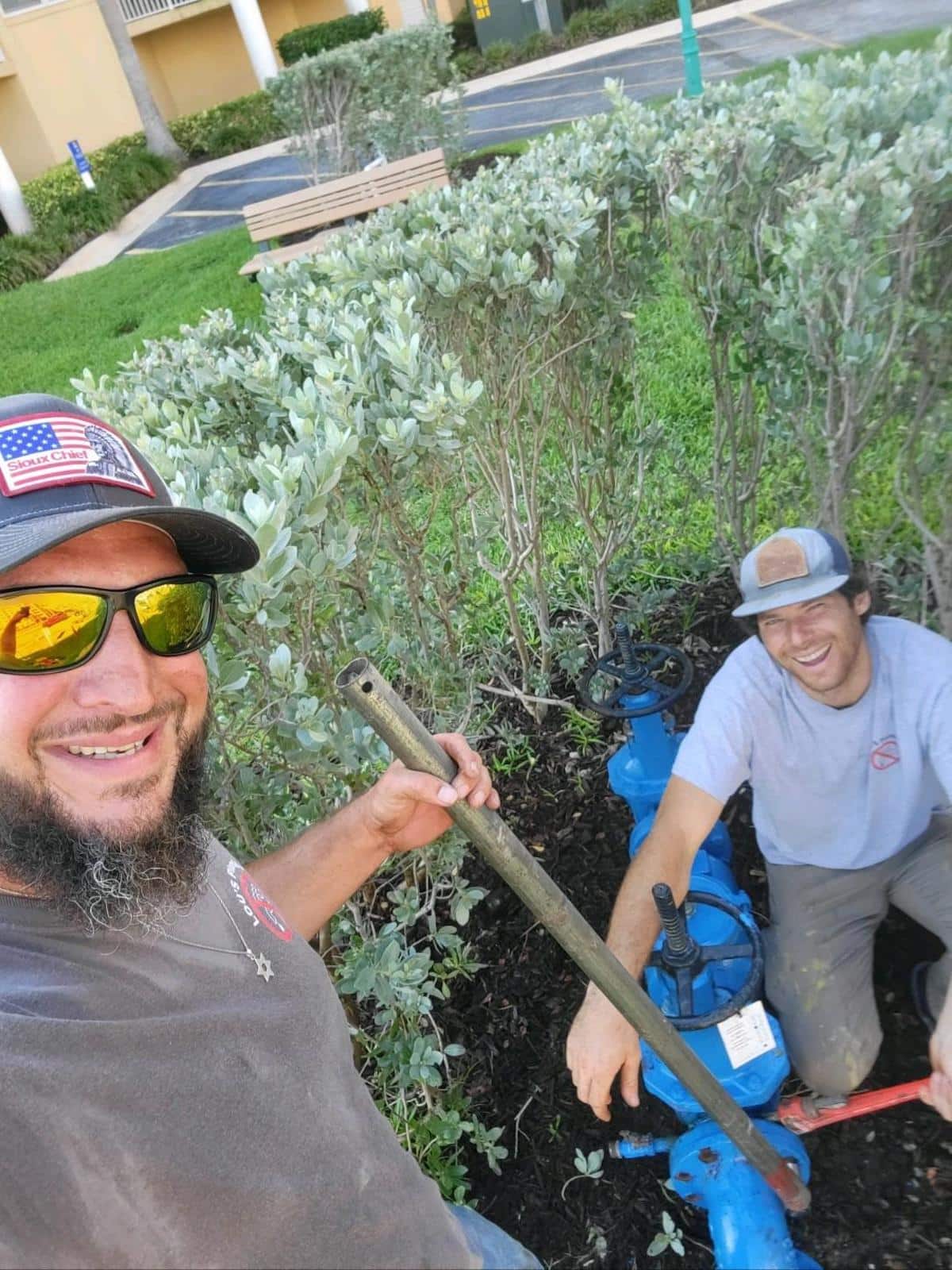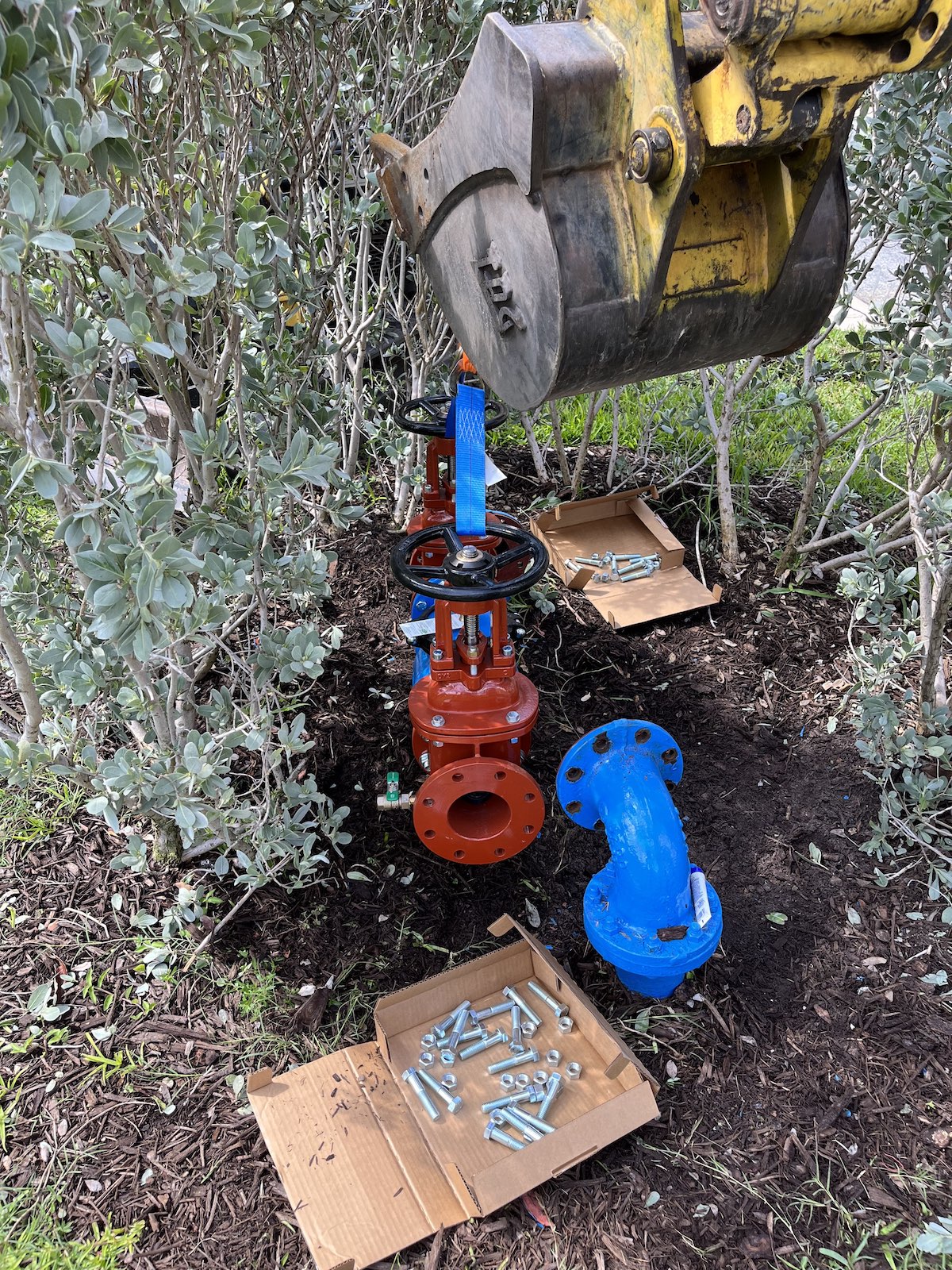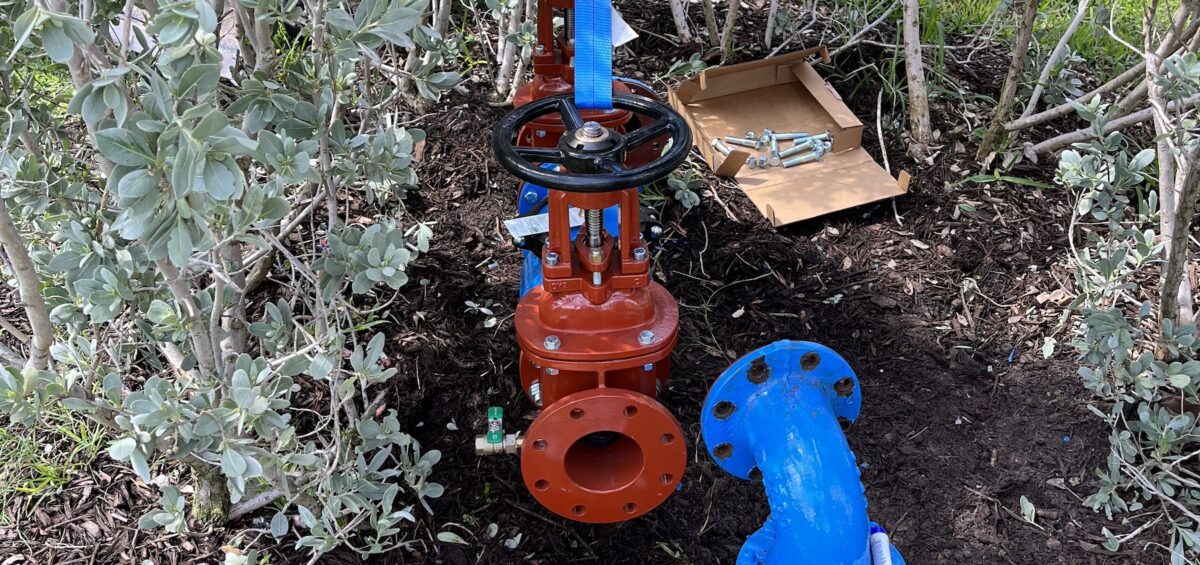

Water is a fundamental resource, and its quality must be maintained to ensure public health and safety. One critical component in safeguarding our water supply is a backflow preventer. This device prevents the unwanted reversal of water flow, protecting potable water from contamination due to cross-connections. In this blog post, we will guide you through the process of installing a commercial backflow preventer, a vital step for any business or institution committed to water safety.
What is a Backflow Preventer? Before delving into the installation process, let’s understand what a backflow preventer is. A backflow preventer is a mechanical device designed to stop water from flowing in the wrong direction, specifically preventing contaminated or non-potable water from flowing back into the clean water supply. In commercial settings, where cross-connections are common, backflow preventers are essential to ensure water safety.
Step 1: Assess Local Regulations and Requirements Before starting any installation, it’s crucial to research and understand the local regulations regarding backflow prevention devices. Municipalities and water authorities often have specific guidelines on the type of backflow preventer required, its installation, and periodic testing. Familiarize yourself with these rules to ensure compliance and avoid potential fines or penalties.
Step 2: Gather Necessary Tools and Equipment For a successful backflow preventer installation, gather the necessary tools and equipment beforehand. Common tools include a wrench set, pipe thread sealant tape, a hacksaw, a pipe cutter, and a pressure gauge. Additionally, you’ll need the backflow preventer itself, which should be selected based on your specific application and local regulations.
Step 3: Choose the Installation Location Selecting the appropriate location for the backflow preventer is vital. It should be placed after the water meter and before any branch lines or connections. Look for an area that is easily accessible for maintenance and inspection. Ideally, it should be protected from extreme weather conditions and potential tampering.
Step 4: Shut Off Water Supply and Drain the System Before beginning the installation, shut off the water supply to the building or the specific area where you’ll install the backflow preventer. Open all faucets and valves to drain the water from the pipes, ensuring the system is depressurized before proceeding.
Step 5: Remove Existing Pipes (If Applicable) If you are replacing an older backflow preventer or installing one for the first time, you may need to remove some existing pipes. Carefully follow the manufacturer’s instructions for proper disconnection, and make sure to safely dispose of any removed components.
Step 6: Install the Backflow Preventer Follow the manufacturer’s installation instructions to install the backflow preventer securely. This process typically involves connecting the device between the water supply line and the main distribution system. Use pipe thread sealant tape to ensure watertight connections.
Step 7: Perform a Pressure Test and Check for Leaks Once the backflow preventer is installed, it’s essential to perform a pressure test to ensure there are no leaks and that the device functions correctly. Connect a pressure gauge to the test ports and verify that the pressure is stable within the recommended range.
Step 8: Record Installation Details and Schedule Periodic Maintenance After successful installation and testing, document all relevant details, including the backflow preventer model, installation date, and any other pertinent information. Additionally, establish a regular maintenance schedule to ensure the backflow preventer remains in optimal condition and compliant with regulations.
Conclusion: Installing a commercial backflow preventer is a crucial step in protecting our water supply from contamination and ensuring public safety. By following the steps outlined in this guide, you can confidently install a backflow preventer that meets local regulations and safeguards the water quality in your commercial establishment. Remember to prioritize periodic maintenance and inspections to guarantee the continued efficiency of the backflow preventer and peace of mind for years to come.
Please remember, permitting is required and the licensed professionals would make the decisions of where to install the backflow. We typically find that installation near or at the meter location is the most efficient location.
Contact Lou’s for a quote regarding your backflow installation. We serve Volusia County including Ponce Inlet, Ormond Beach, Daytona and surrounding areas.



Leave a Comment